Kingdom Fungi Genus Laricifomes Higher classification Laricifomes | Division Basidiomycota Rank Species | |
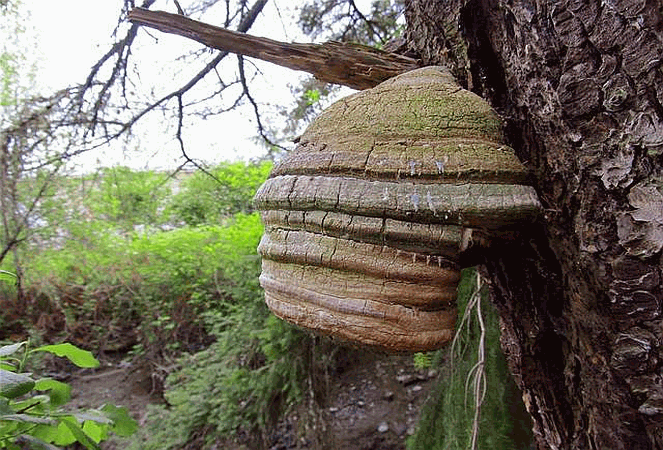 | ||
Similar Fomitopsis, Fomes, Fomitopsis pinicola, Piptoporus, Piptoporus betulinus | ||
Laricifomes officinalis is a wood-decay fungus in the order Polyporales. It causes brown heart rot on conifers, and is found in Europe, Asia, and North America, as well as Morocco. It is commonly known as agarikon, as well as the quinine conk because of its extremely bitter taste. DNA analysis supports L. officinalis as distinct from the genus Fomitopsis.
Contents
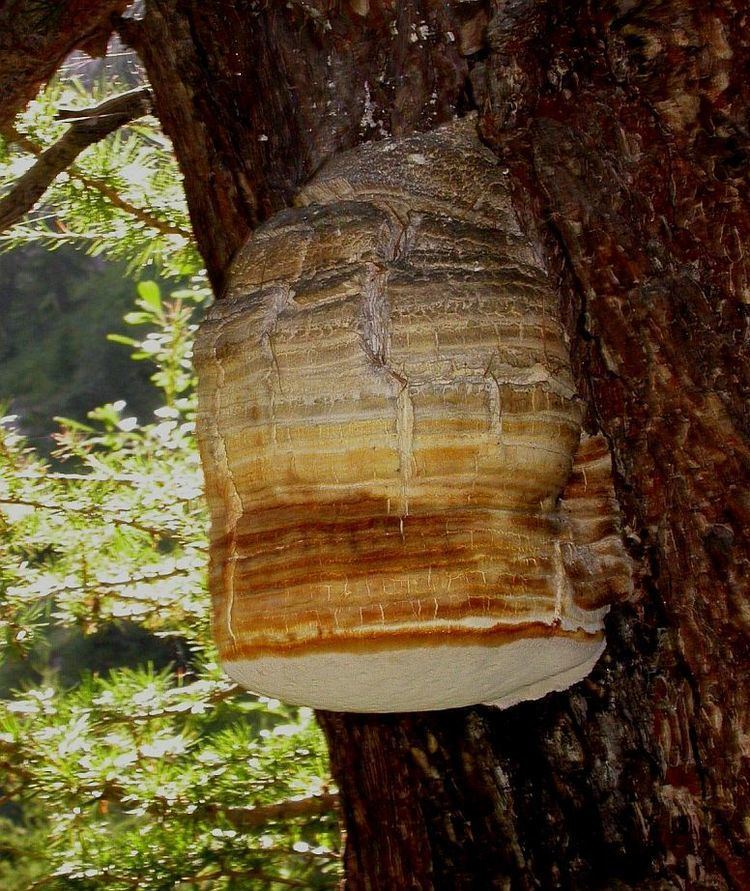
The conks were once collected extensively for production of medicinal quinine, which they were thought to contain, because of the bitter taste of the powdered conk. However, they do not contain quinine, and have no anti-malarial properties.
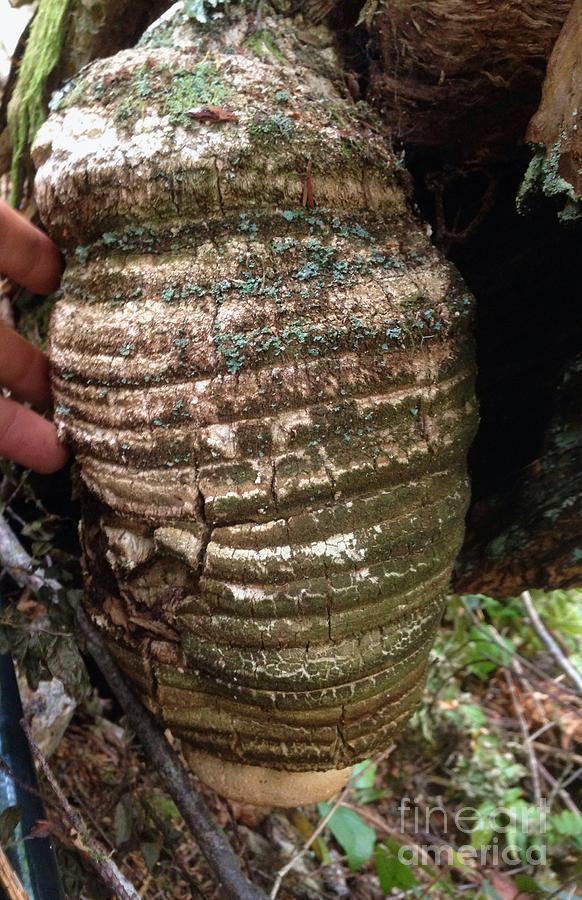
Decay is common only in a few old-growth stands. The distinctive conks can be large, as much as two feet long, hoof-shaped or columnar. They are soft, yellow-white when young, soon becoming white and chalky throughout. The decay is brown, cubically cracked, with thick white felts in large cracks. The taste of both conks and felts is bitter and distinct for this species. A single conk usually indicates complete cull. Infected trees can be habitat for snag-nesting species.
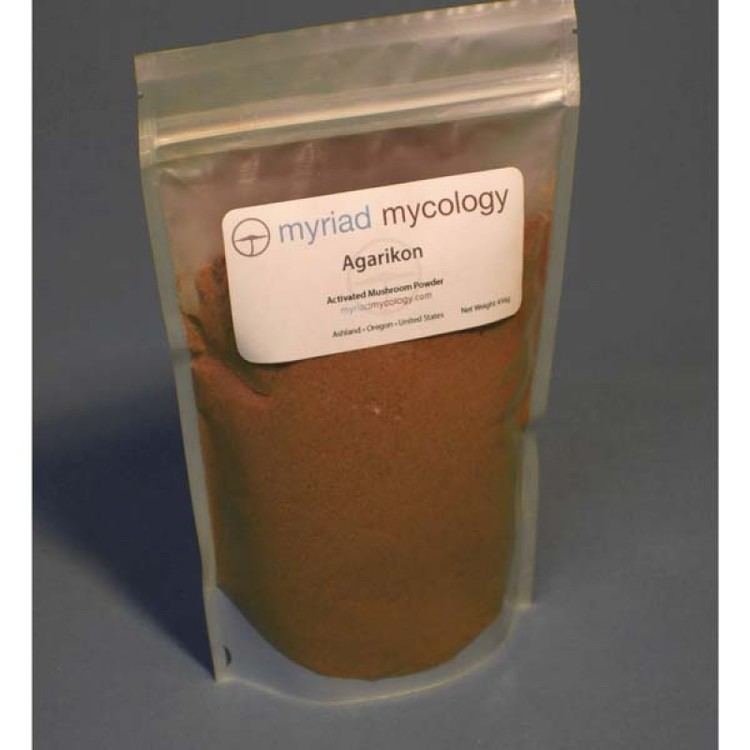
Medicinal use

L. officinalis was used by the Ancient Greeks to treat consumption (tuberculosis) according to the writings of Pedanius Dioscorides in 65 AD, and by some indigenous people to treat smallpox. The presence of Agarikon at burial sites may indicate that its use was once widespread.
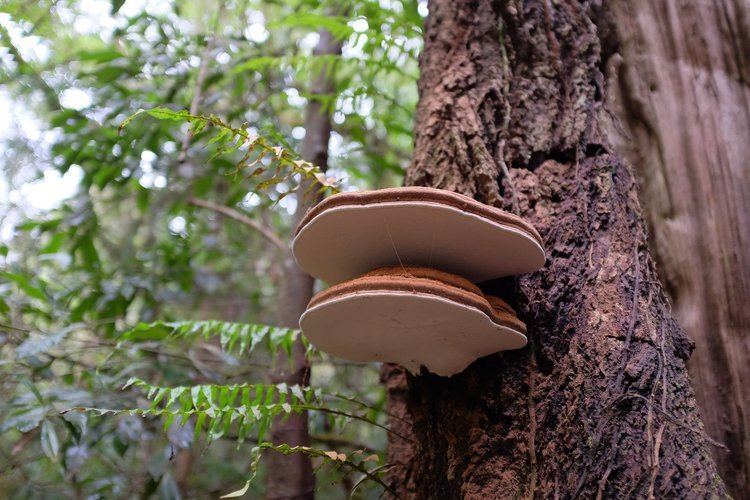
Mycologist Paul Stamets has performed numerous investigations of the biological activities of Agarikon. Agarikon extracts have demonstrated antiviral activity against a range of viruses in vitro. This activity has been specifically observed against pox family viruses, HSV-1 and HSV-2, Influenza A, Influenza B, and Mycobacterium tuberculosis in vitro.
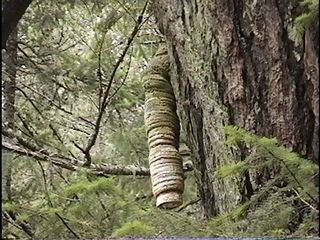
Other researchers have identified novel chlorinated coumarins in the organism which demonstrated notably low MICs against the Mycobacterium tuberculosis complex.
Conservation
Wild Agarikon is only found in old-growth forests, and grows on conifers, particularly Douglas-fir (Pseudotsuga) and larch (Larix). Conservation of wild populations of L. officinalis is a concern because of loss of ancient forest habitat. Because it is difficult to maintain long-term genetic integrity of laboratory-grown strains, it is necessary to preserve the mushroom in the wild.
Ethnomycology
Laricifomes officinalis was important both medicinally and spiritually to indigenous peoples of the Pacific Northwest Coast of North America, such as the Tlingit, Haida, and Tsimshian. L. officinalis was referred to as the "bread of ghosts" in local languages, and carved fruiting bodies marked the graves of tribal shamans.
